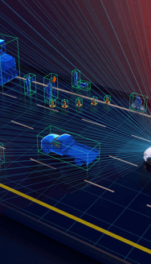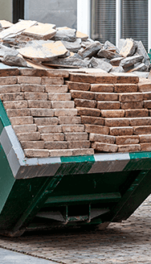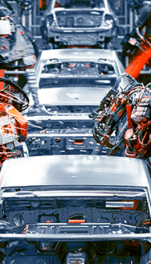Level sensors: liquid level measurement
Real-time liquid level measurement
These days, floats like this usually slide over a tube with reed contacts or Hall sensors. This method is more accurate and less affected by fluctuations. In general, gas tanks display an average value over a period of time on vehicle dashboards, but this is not enough for other applications where real-time measurements are required.
When is a level sensor not the best choice?
When a farmer sprays their crops, they need to know exactly how much product is left in the tank, so they can refill accordingly and not run out of product in the middle of a field. A float does not do well in these conditions for two important reasons.
Firstly, vibrations caused by driving over bumpy fields creates foam in the tank, which can raise the float and result in incorrect measurements. Secondly, different liquids are often used that have different specific gravities. This could affect how high or low the float sits in the liquid, rendering the measurement useless.
Other methods to measure liquid levels
In some applications, using a distance sensor is the better choice. These sensors determine the level by measuring the distance between the sensor and the surface. An ultrasonic sensor is one solution, because it works independently of the specific gravity. Mounting this kind of sensor in an open tube prevents the sound wave from being reflected by any foam that may be present.
Using light to measure the level is another alternative. With clear liquids, it can prove difficult to sense the reflected beam can be difficult, but this method often works very well with solids. The disadvantage of light sensors is that they don’t work well in dusty areas, such as in a tank containing flour. In these situations, ultrasonic or radar technology offers a better solution.
A pressure sensor is another option. By comparing the pressure on the sensor with the outside pressure, the remaining volume can be calculated based on the specific gravity of the liquid. This does not work with solids.
Coming soon: level sensors
We’re working hard behind the scenes on preparing level sensors for inclusion in our online sensor database. If you need to know more about the technical specifications of level sensors right now, we understand. We recommend you request information from our sensor specialists until the database has been updated. Send an e-mail with your question.







